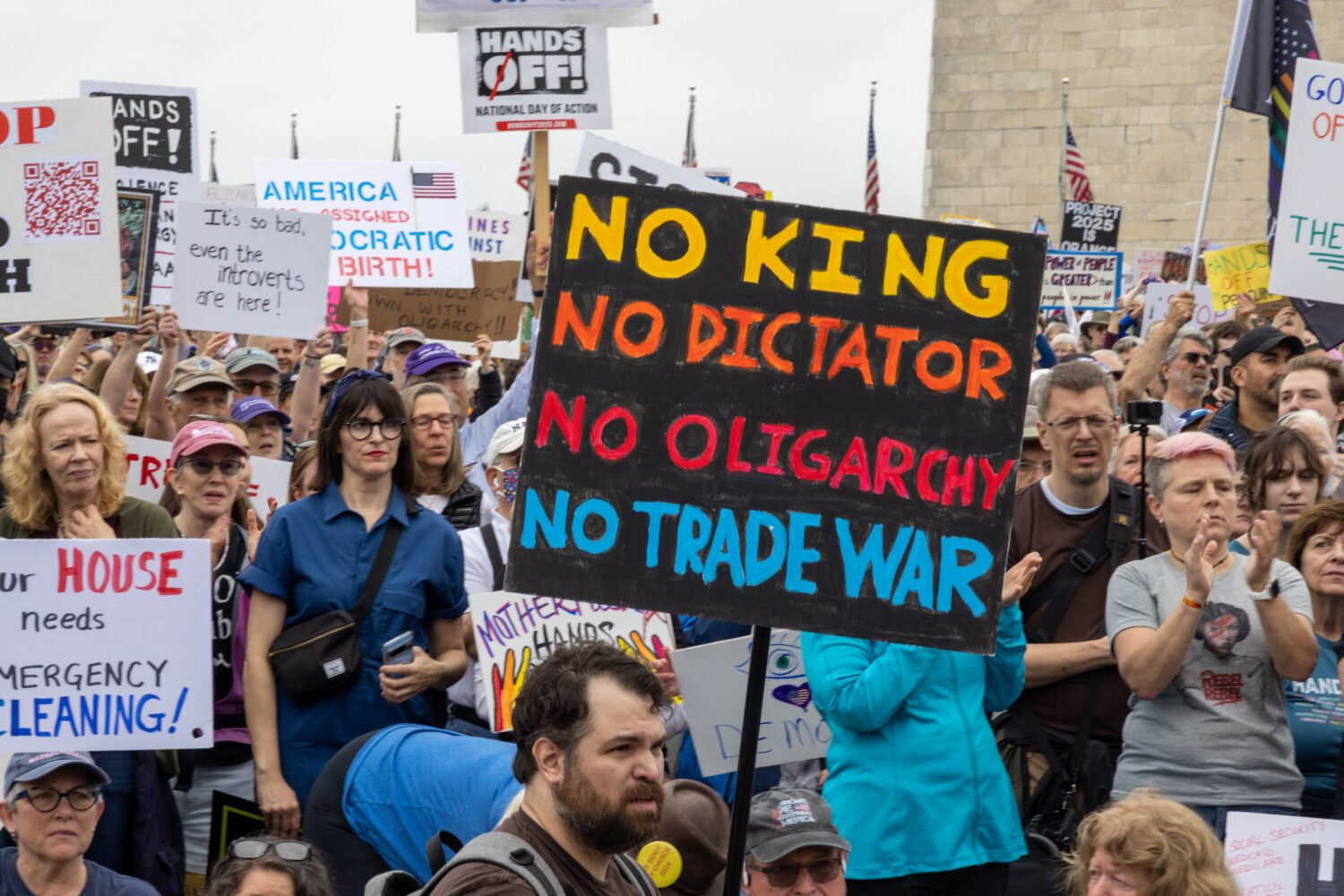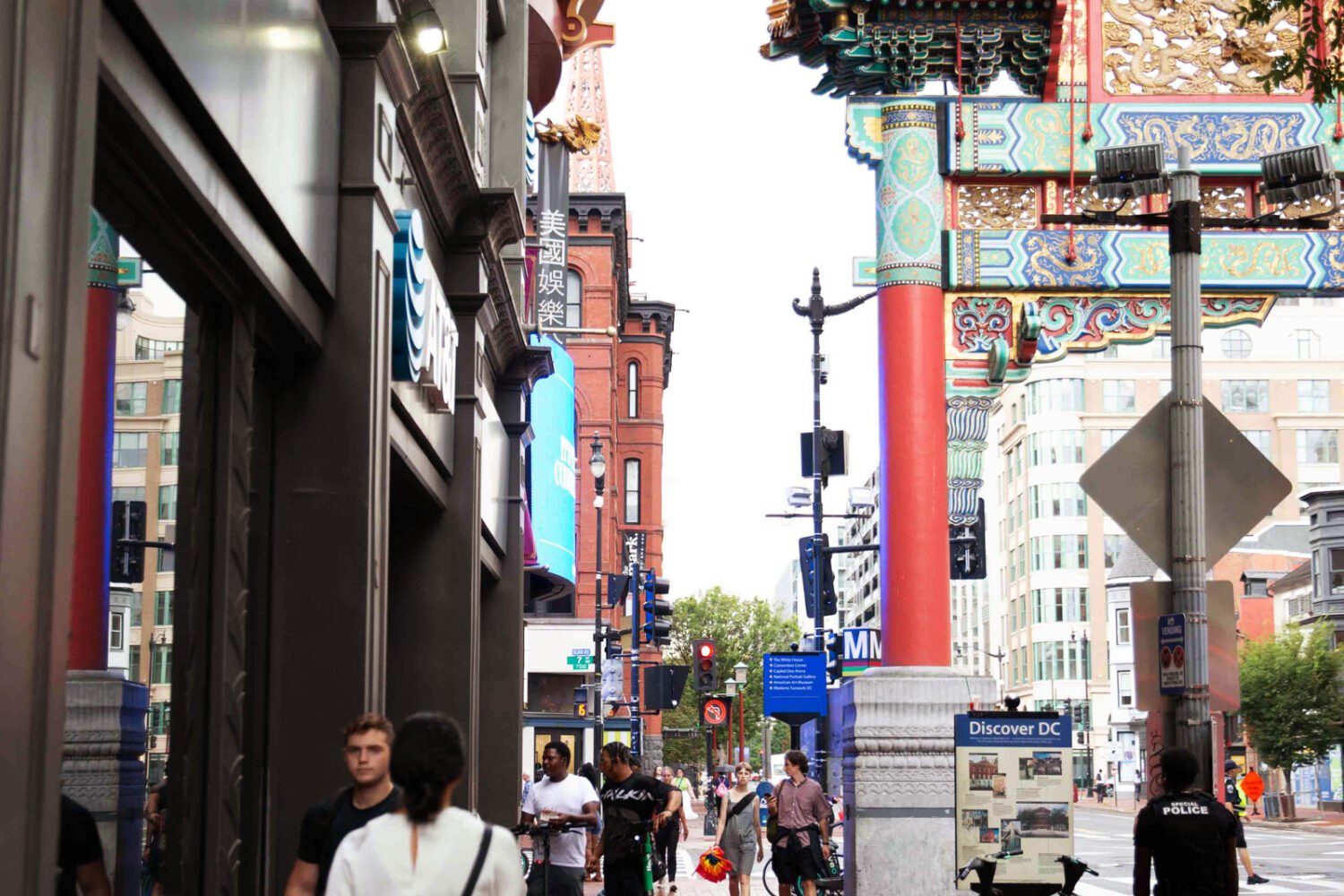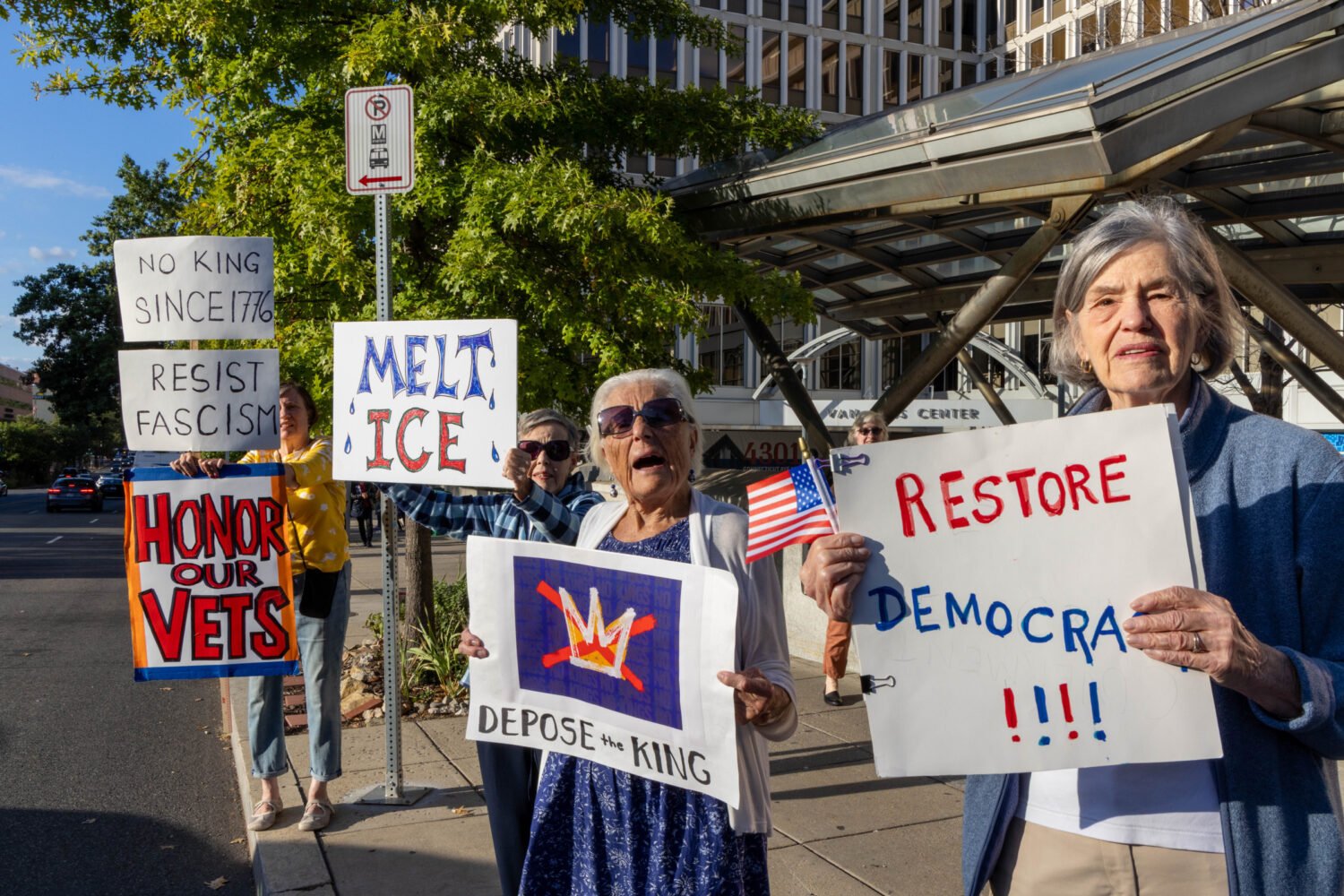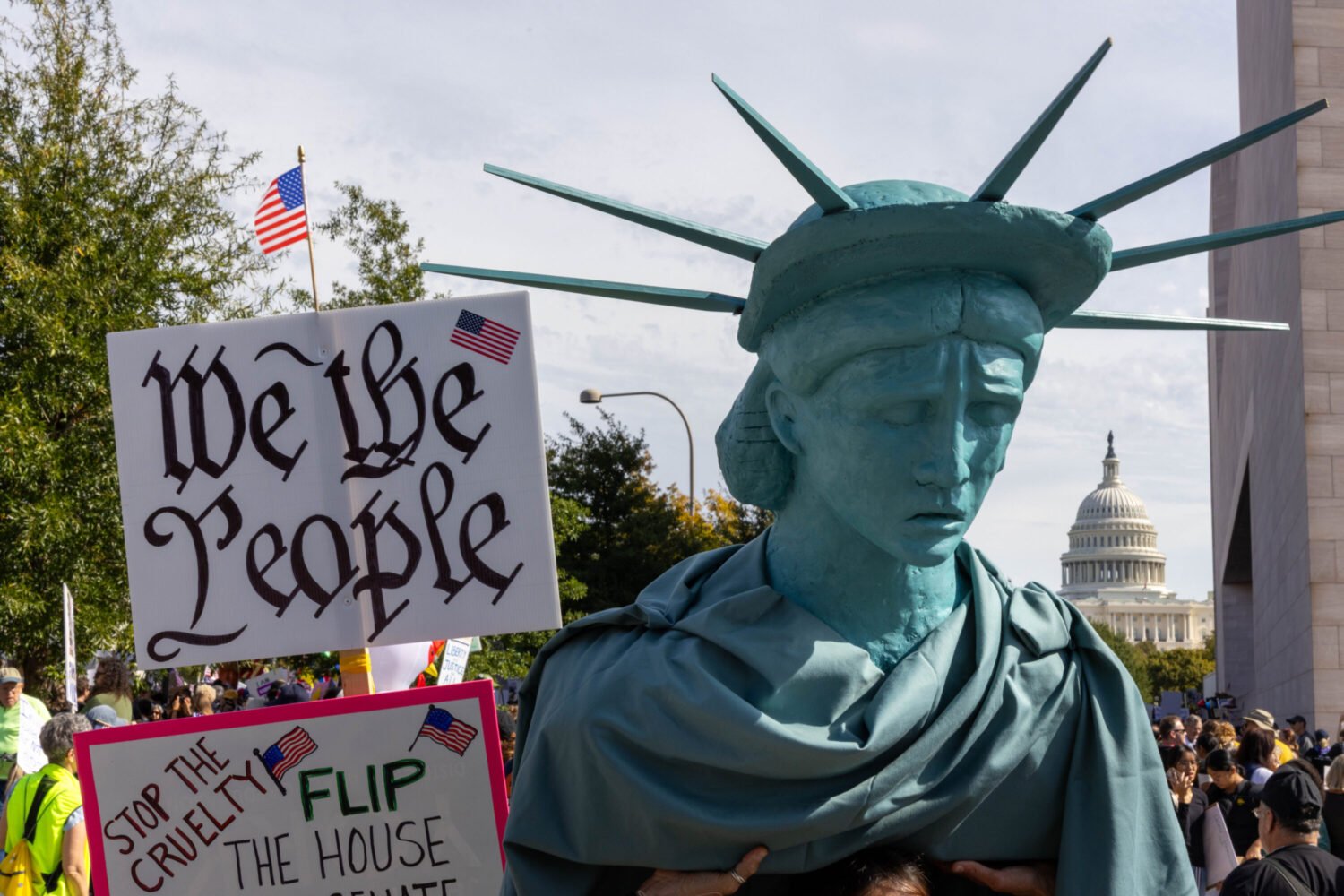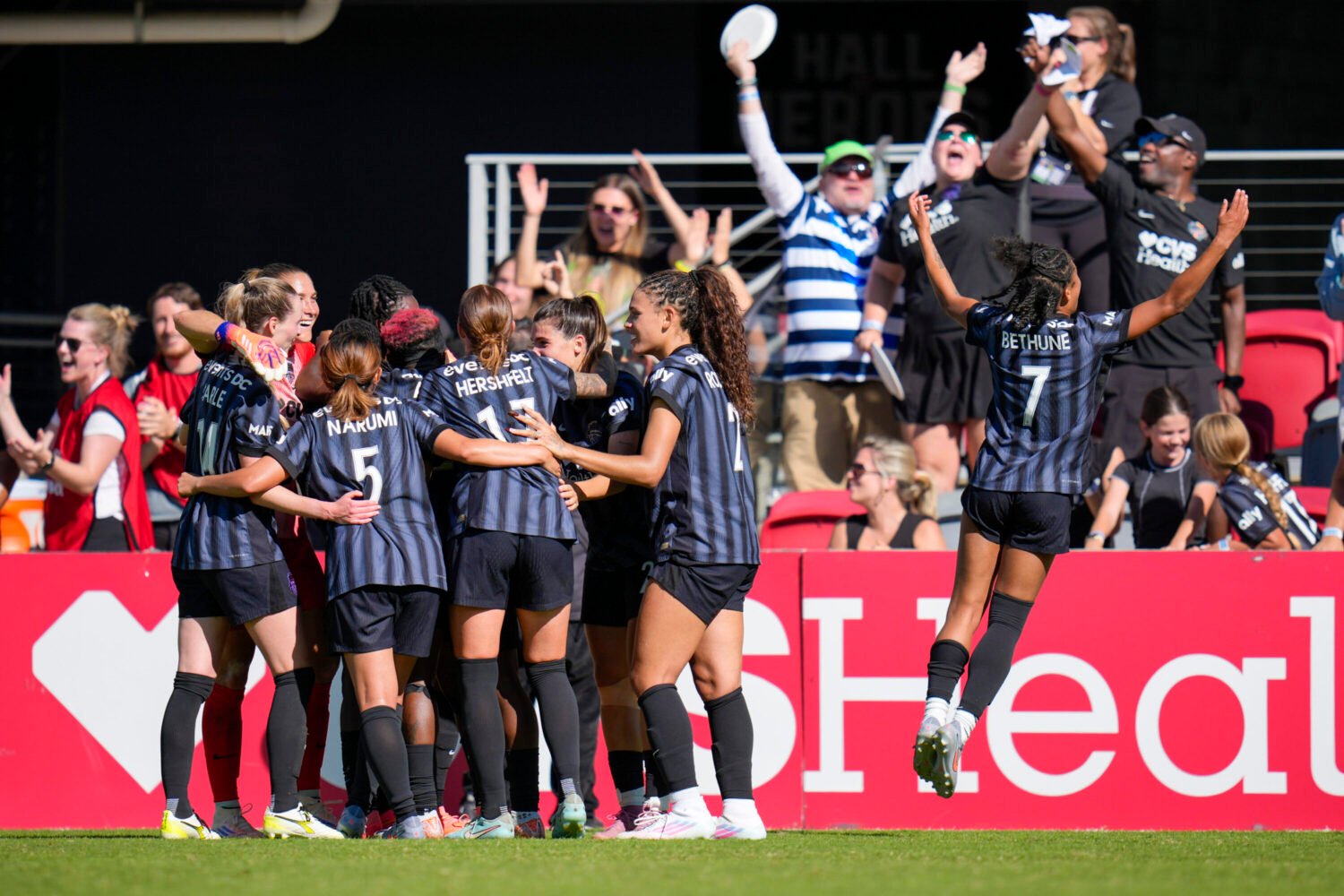Founded in 1706, Chestertown thrived as a port during the Colonial era. Today this Eastern Shore town of 5,000 prides itself more on charm than on commerce.
Grand 18th- and 19th-century mansions overlook the Chester River. Galleries, cafes, and bookstores line the red-brick sidewalks of downtown, which is only blocks from the water. Many residents start their day with a cup of coffee at Play It Again Sam, where owner Pete Brocker says he knows at least 80 percent of his customers. The next stop may be Scottie’s Shoe Store, a quirky newsstand/shoe store/consignment shop where people chat and grab the day’s Kent County News.
“The things that I remember from growing up in a small town in New Jersey are what I love about living here,” says Joe Dolce, who manages the Imperial House Restaurant and Hotel. “We still have a fire whistle.”
Chestertown’s off-the-beaten-path location has protected it from the fast-food restaurants, discount chains, and mass-produced townhouse developments that dot parts of the Eastern Shore. Beachgoers heading over the Chesapeake Bay Bridge rarely turn onto Route 301, the main artery toward town.
“We’re stuck up here in the corner of the Delmarva Peninsula,” says Jim Sood, a former American University professor who retired with his wife to Chestertown ten years ago. “You aren’t going to come here unless you live here.” Still, it’s only 75 miles to Washington, and Philadelphia, Annapolis, and Wilmington are all easy drives.
Nor does Chestertown sport the high real-estate prices of fashionable Eastern Shore communities such as Easton and St. Michaels. Sales of single-family houses in Chestertown last year averaged about $420,000. Dick Barker, a real-estate agent with the Hogans Agency, says waterfront properties range from $745,000 to $1.1 million. A home in the historic district typically lists for around $600,000.
The biggest employers—225-year-old Washington College and the Chester River Health System, which merged with the University of Maryland Medical System in November—lure professionals and retirees to the region. The Washington College Academy of Lifelong Learning offers seminars, monthly luncheons, and field trips to museums in DC and other cities.
An arts scene adds to the town’s allure. John Schratwieser, former development director at Arlington’s Signature Theatre, moved to Chestertown in 2004 to manage the Prince Theatre, a restored movie house turned community performing-arts center with concerts, plays, and children’s programs.
“People who retire here are cultural, intellectual folk,” says Schratwieser, 38. “They want to walk to get a good cup of coffee and a copy of the New York Times.”
The town is home to seven bookstores. Two nonprofit arts organizations, the Chestertown Arts League and Artworks, offer classes and sponsor events. On the first Friday of every month, galleries and other shops extend their hours until 8 pm.
In summer, the Chester River fills with sailors, powerboaters, and crabbers. In fall, abundant waterfowl and Canada geese draw hunters. Weekend cyclists enjoy the flat roads that wind through farmland and tidewater tributaries. The nearby Eastern Neck National Wildlife Refuge is a haven for bird watchers and other nature lovers.
Lifelong resident Faith Prince says Chestertown is “like Alexandria before it went on steroids.” Locals work hard to maintain that time-warp feel. In 2001, after a nine-year battle, the county thwarted a proposed 100,000-square-foot Wal-Mart on the outskirts of downtown.
But change is on the horizon. Chester River Landing, with 49 houses and condos priced up to $1.5 million, is under construction. Most natives oppose growth—and blame development on transplants. Still, Schratwieser says, the tension doesn’t spoil the town’s charms: “With all its quirks, Chestertown is a little bit like Mayberry.”
More Towns on the Water
Cambridge—seat of Maryland’s Dorchester County—stretches for a mile along the Choptank River. The 2002 addition of a Hyatt Regency resort transformed the town of 11,000 into a tourist destination. Main Street hosts themed block parties, cook-offs, and music festivals.
On Virginia’s Eastern Shore, the Victorian-era Cape Charles sits on a peninsula that juts into the bay. It’s home to golf courses designed by Jack Nicklaus and Arnold Palmer.
Easton, on Maryland’s Eastern Shore, has a tree-lined downtown with gourmet and casual restaurants, stylish boutiques, mom-and-pop stores, and a busy cultural schedule.
On the Susquehanna River where it meets the Chesapeake Bay, Havre de Grace is a waterfront community with museums, inns, restaurants, and galleries as well as the five-star public Bulle Rock golf course.
Irvington, the cultural center of Virginia’s Northern Neck, is a historic town on the Rappahannock River where it empties into the bay. Home to the popular Tides Inn resort, it boasts boutiques, restaurants, galleries, and a winery.
This article is part of Washingtonian's Great Small Towns package. Click here to read about more great small towns.

